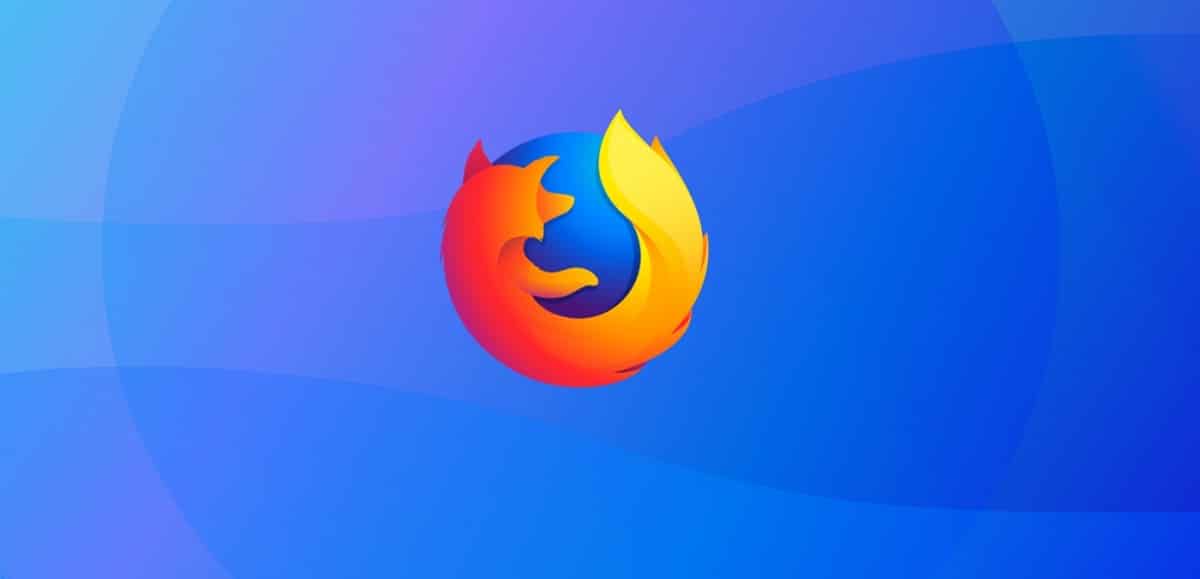
Mozilla announced the availability of Firefox 84, which is the latest version of the browser to have Adobe Flash compatibility and starting with version 85, there will be no settings available to re-enable Flash support in future versions.
Firefox 84 comes with its share of new features, among them it stands out that the browser now uses more modern techniques to allocate shared memory in Linux, as well as support for newer MacOS devices.
What's new in Firefox 84?
This new version of Firefox 84 marks native support for macOS devices built with Apple Silicon processors that "brings dramatic performance improvements over the non-native version that shipped in Firefox 83" and is that according to Mozilla ratings: Firefox launches more than 2,5 times faster and web applications now have twice the capacity of answer (based on SpeedoMeter 2.0 test).
If the user is using a Mac equipped with the Apple chip, they must completely close Firefox and restart it after updating to version 84 or higher, so that Firefox can run on the new architecture that offers better performance and longer duration of Battery.
After upgrading to Firefox version 84 or higher from a previous version:
- The user must go to the Firefox menu at the top of your screen.
- Select Exit Firefox
- When Firefox is reopened, it will be on the new architecture.
As well for MacOS WebRender has been implemented in Big onBecause Mozilla has started rolling out the WebRender GPU-based 2D rendering engine in Firefox 67 for a limited group of users. After expanding WebRender support to more Windows 10 laptops with the release of Firefox 77, WebRender was also available on Windows 10 devices with an Intel GPU running Firefox 78.
With Firefox 79, WebRender was also released available on Windows 10 devices with an AMD GPU. With Firefox 84, WebRender was deployed on MacOS Big Sur, Windows devices with Intel Gen 6 GPUs, and Intel laptops with Windows 7 and 8.
In addition, Mozilla will release an accelerated rendering channel for first-time users since Linux for Gnome and X11.
And it is also speaking of Linux, in this new version of Firefox 84 now uses more modern techniques to allocate shared memory in Linux, improve performance, and increase Docker compatibility.
With regards to bug fixes that were made in Firefox 84 we can find the following:
- (CVE-2020-16042) Operations on a BigInt could have resulted in exposing uninitialized memory - when a BigInt was scrolled to the right, it was possible to read uninitialized memory. This bug has been marked critical.
- (CVE-2020-26971) WebGL Stack Buffer Overflow - Some user-supplied blit values were not properly constrained, causing a stack buffer overflow in some video drivers. This error has been marked as fatal.
- (CVE-2020-26975) Android malware apps could have tricked Firefox for Android into sending attacker-specified arbitrary headers: When a malicious app installed on the user's device served as an Intent for Firefox for Android, they could be having specified arbitrary headings, which led to attacks such as abuse of environmental authority or fixation of sessions. This issue has been fixed by allowing only certain secure headers. Of course, this problem only affects Android and no other operating system.
How to install or update the new version of Firefox on Linux?
If you are a user of Ubuntu, Linux Mint or some other derivative of Ubuntu, You can install or update to this new version with the help of the browser's PPA.
This can be added to the system by opening a terminal and executing the following command in it:
sudo add-apt-repository ppa:ubuntu-mozilla-security/ppa -y sudo apt-get update sudo apt install firefox
In the case of Arch Linux users and derivatives, just run in a terminal:
sudo pacman -Syu
Or to install with:
sudo pacman -S firefox
Finally for those who prefer to use Snap packages, They will be able to install the new version as soon as it is released in the Snap repositories.
But they can get the package directly from Mozilla's FTP. With the help of a terminal by typing the following command:
wget https://ftp.mozilla.org/pub/firefox/releases/84.0/snap/firefox-84.0.snap
And to install the package we just type:
sudo snap install firefox-84.0.snap
Finally, you can get the browser with the latest installation method that was added "Flatpak". To do this, they must have support for this type of package.
Installation is done by typing:
flatpak install flathub org.mozilla.firefox
For all other Linux distributions can download the binary packages from the following link.